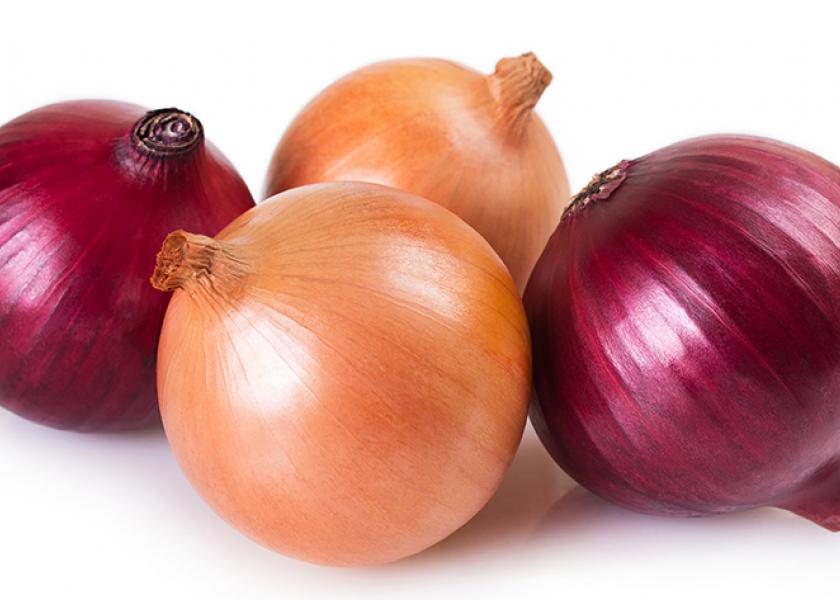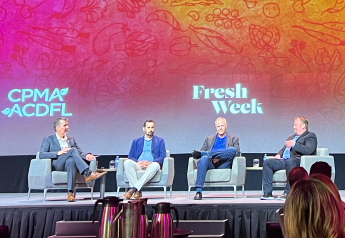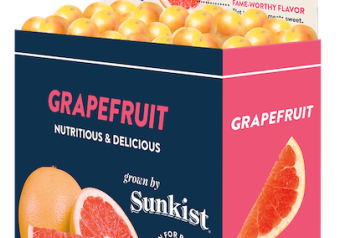Columbia Basin onion crop catching up from cold spring

After erratic spring weather, onion crop prospects in the Columbia Basin shared by Washington and Oregon have improved to strong levels, according to extension educators in the region.
“Onion [maturity] may be a little slower than in a normal year, but not by much,” said Tim Waters, extension educator for Washington State University.
The onion season began with cold and wet weather in the spring, said Stuart Reitz, extension educator for Oregon State University in Ontario, Ore.
Reitz said that cold and wet weather delayed plantings for some onion growers. Still, he said “Goldilocks” weather (when conditions are just right) since then has allowed onion plants to catch up.
Onion acreage is likely about the same in the Columbia Basin and Treasure Valley, Reitz said.
Yellow onions account for about 80% of total onion acreage, he said. Red onions have been growing in importance and now account for 15% of total Columbia Basin onion acreage, with white onions accounting for about 5%.
Columbia Basin's early onion harvest will likely start in early August, with storage onions beginning at the end of August or early September. Onions will be harvested and put in storage through September and into October.
Most of Washington’s storage onions are grown in the Columbia Basin, with the majority planted in Grant, Franklin and Adams counties, Waters said.
Onion acreage in the Columbia Basin shared by Oregon and Washington totals about 25,000 acres, Waters said. Onion harvest begins in the region begins in the late summer and can extend into the fall. Storage onions can be marketed from storage for up to eight months.
Waters said the onion crop was facing some weed pressure in the early summer, which will result in higher weed control costs. Some growers are using robotic weed control machines, he said.
Storage onion acreage in the eastern part of Oregon and southwest Idaho, called the Treasure Valley region, accounts for about 20,000 to 25,000 acres, he said.
Many onions in the Treasure Valley will be shipped to the East, Waters said, while many of the Columbia Basin onions will move north and south, in addition to offshore export destinations.
The leading county for nonstorage bulb onion production is Walla Walla in Washington, which began harvest in late June. Growers in Walla Walla harvest both overwintered onions and spring-planted sweet onions. Walla Walla onions are typically available from late spring to early fall, with the peak season from June to August.
Trends and challenges
For growers in the Columbia Basin, Waters said one trend over the past decade is larger, and fewer, farms.
In addition, onion acreage planted under for dehydrated processors has increased, as better water availability in the Columbia Basin from the Canadian Rockies-fed Columbia River, compared with California, has shifted acreage from the Golden State to the Northwest.
That, Waters said, has increased acreage of dehydrated onions and garlic in the Columbia Basin.
“The Columbia Basin has gotten to be kind of a hot spot for a lot of crops,” Reitz said.
Reitz said that labor is a huge challenge for growers.
“There is interest in trying to mechanize things as much as possible to get around those constraints,” he said. For example, some growers are using robotic weeders.
The H-2A guest worker program has become more important to growers, he said.







